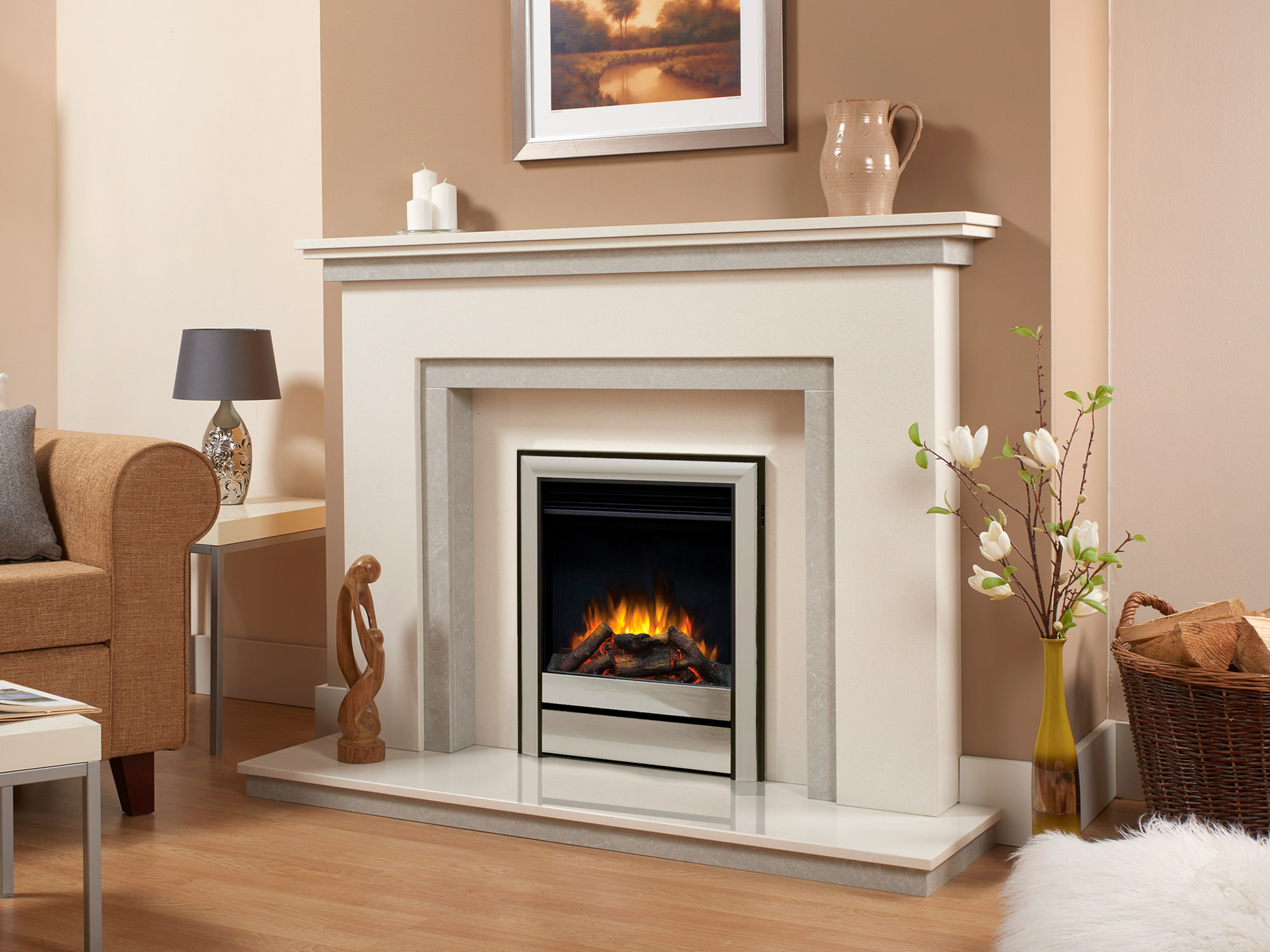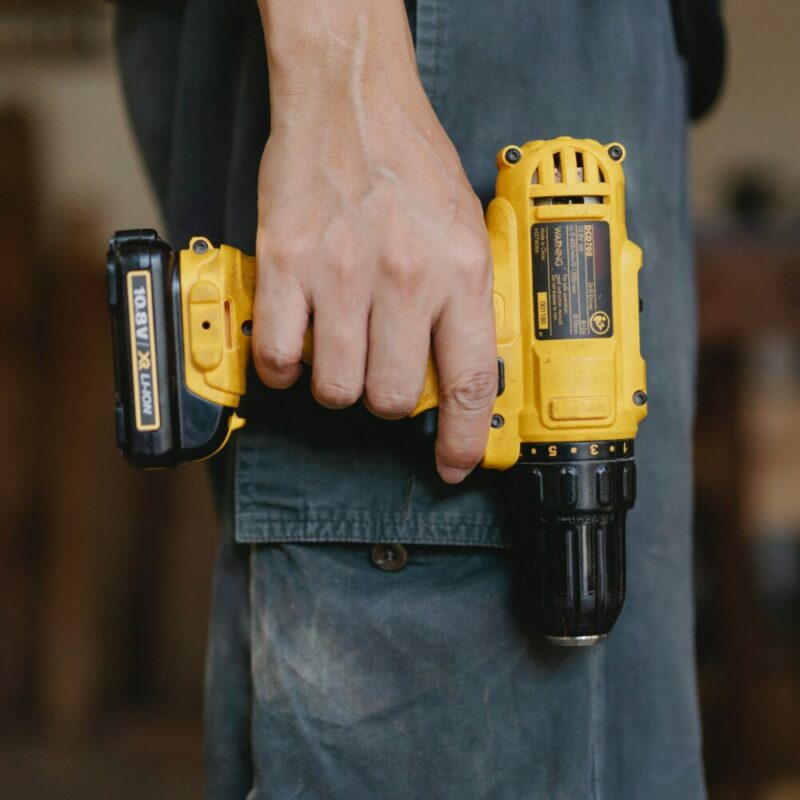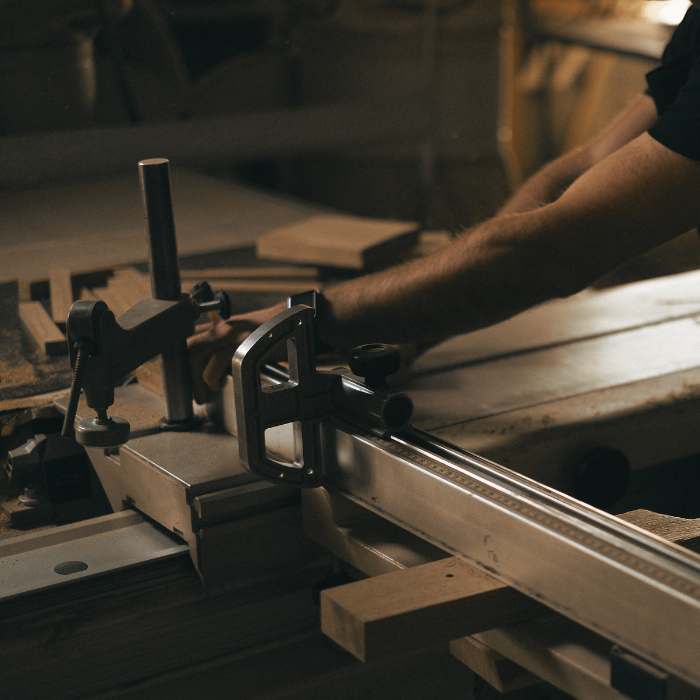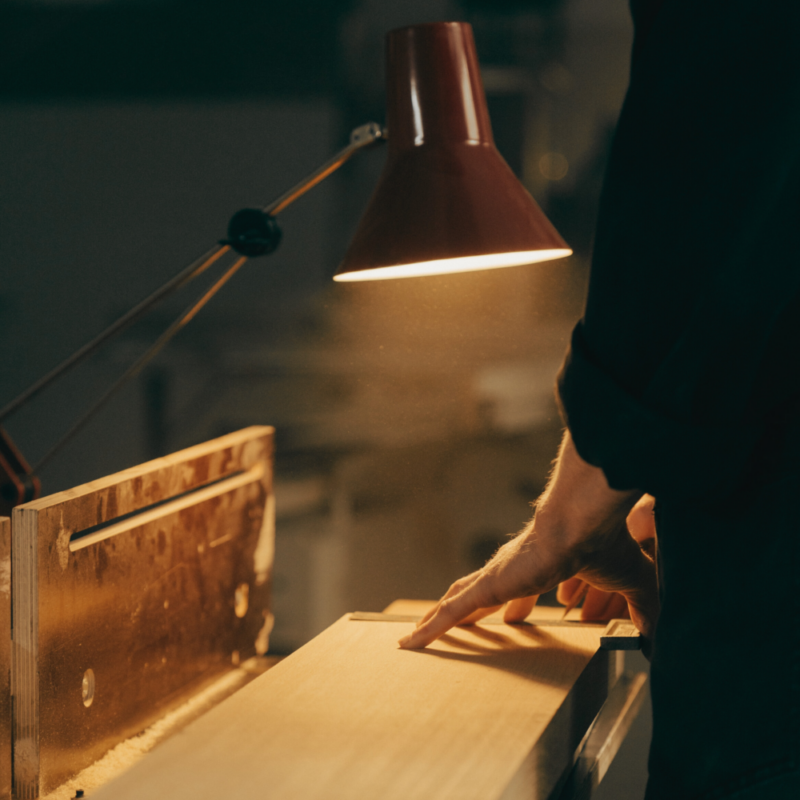A Guide to Understanding Chimney Height and Draft.
The fundamental principles underlying how a chimney draws are well known and something we all learnt at school. Hot air is less dense than colder air and therefore rises. In an attempt to equalise the pressure air is drawn from outside of the hearth or heating appliance subsequently heated as it passes through the combustion chamber to further energise the draft as it in turn rises through the flue drawing more air in through the hearth or heating appliance creating the chimney or stack effect. The equation below gives an approximation of the pressure differences between the bottom and top of the chimney which can be used to calculate an indication of the flow rate or natural draw of the chimney.
Fig 1
∆P = C a h
Where :
∆P = available pressure differences, in Pascals (Pa)
C = 0.0342
a= atmospheric pressure in Pa
h = Height of chimney in meters (m)
To = absolute outside air pressure in Kelvins(K)
Ti = absolute average temperature of the flue gases in K
In the above equation the following assumptions are made:
-
The molar mass of the outside air is equal to the molar mass of the gases in the flue
-
The pressure drop through the flue is quite small.
Although both assumptions are good they are not quite accurate and therefore the equation can only offer an approximation of the pressure difference between the bottom and top a chimney stack.
The important factor for us to note is the relationship between the height of the chimney, the temperature of the flue gases and the atmospheric pressure. A ten foot chimney will create a pressure differential which is half as great as a twenty foot chimney if all else is equal. A chimney at sea level where air pressure is 14.7 pounds per square foot will have a pressure differential almost one and a half times greater than a chimney at 10,000 ft above sea level with an air pressure of 10 pounds per square foot.
The pressure differential from the above equation does not tell us at what rate the chimney draft draws as it neglects to take into account the flue or cross section of the chimney in either its shape or size. link to essentials to understanding chimney and flue… and link back from that doc to this. The formula below allows an estimation of the air flow through a chimney to be calculated.
Q = C A
Where:
Q = flue gas flow rate meter cubed per second (m3/s)
A = cross Sectional Area of chimney meter squared (m2)
C = discharge coefficient (usually 0.65 to 0.70)
g = gravitational acceleration at sea level (9.807m/s)
H = height of chimney in meters (m)
Ti = absolute average temperature of the flue gases in Kelvins (K)
To = absolute outside air pressure in (K)
Again do not be too concerned with the numbers it is more important to understand the relationship between the flow or draft
and the cross section of the chimney, the square root of the height of the chimney and the temperature differentials. This calculation takes into consideration the effects of friction, drag and the energy needed to lift and accelerate the gases out of the chimney.
After looking at the science that underpins the relationship between chimney height and the draw or draft of the chimney on a more practical level what is important is the pressure differential between the bottom of the chimney and the same level within the house. If the house is higher than the chimney then the upstairs of the house will have a lower air pressure than the base of the chimney and the house may well reverse the draft of the chimney and draw air down the chimney into the house. This issue is further compounded by the effect of other heating appliances and extractor fans potentially
depressurising the house. Please see The myth, the science and solution to open fires and
associated articles. .
The air flow into the house can be an issue particularly in modern or renovated properties which have been ‘sealed’ with double glazing and draught excluders etc. Although the air pressure may not be negative there may not be enough air flow through the home to satisfy Q that is the flue gas flow rate which will hamper the performance and efficiency of the fire, stove, or heating appliance. It is recommended that any fireplace needs a minimum of 1 square cubic foot of air per minute for each cubic inch of the flues’ diameter. A fire may require more air when it roaring or burning vigorously the real danger of spillage of smoke and fumes back into the home is when the fire is smouldering or dying down as the fire requires less make up air and the draw of the chimney will slow down correspondingly. An easy way practical way to check whether your chimney has a great enough pressure differential or draw to satisfy the one cubic foot rule is under normal circumstances, extractor fans on/off, windows, open/closed other heating appliances, water heaters, clothes dryers on/off without the fire being lit see if you have a draft from the hearth up the chimney using a candle or smoke pellet.











